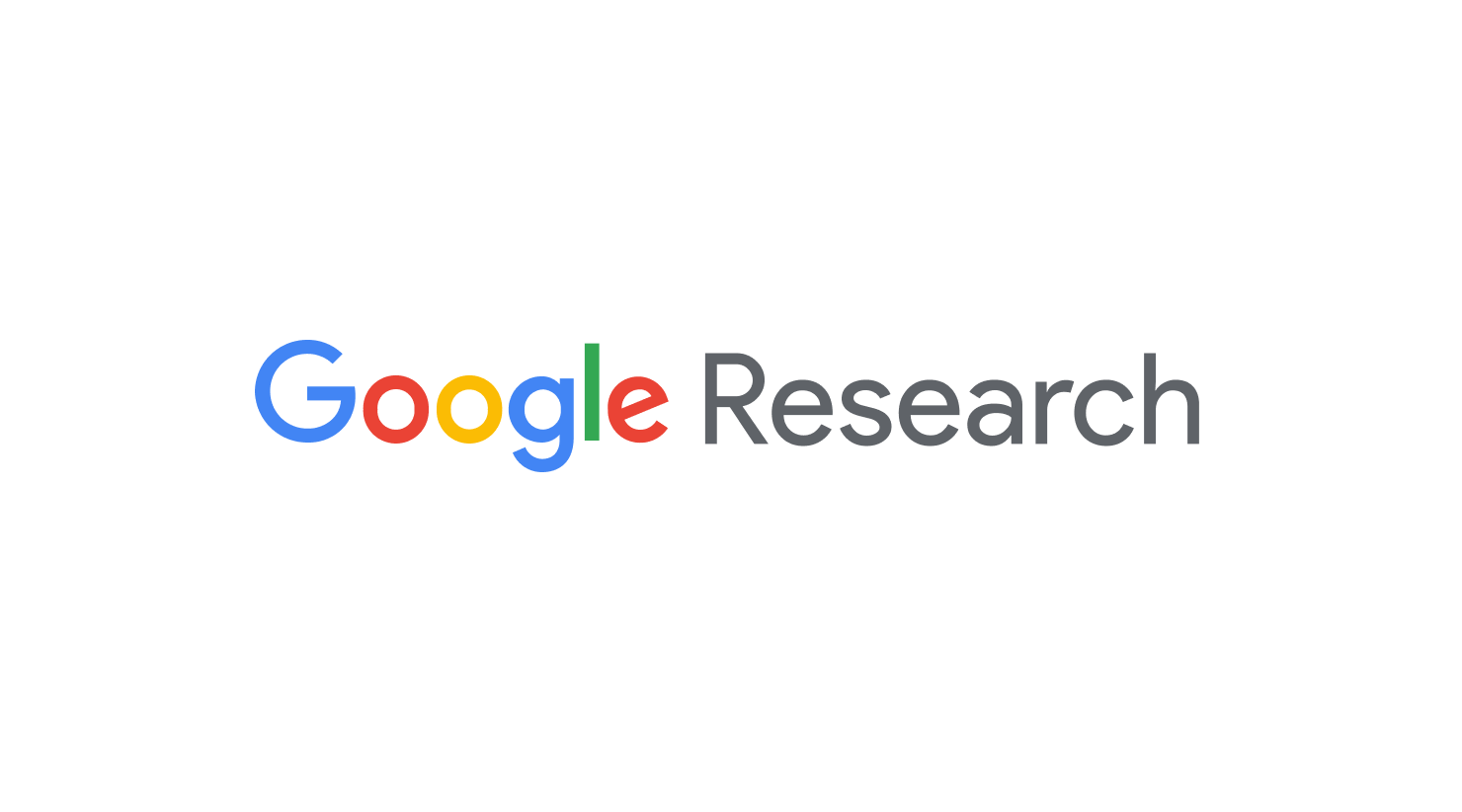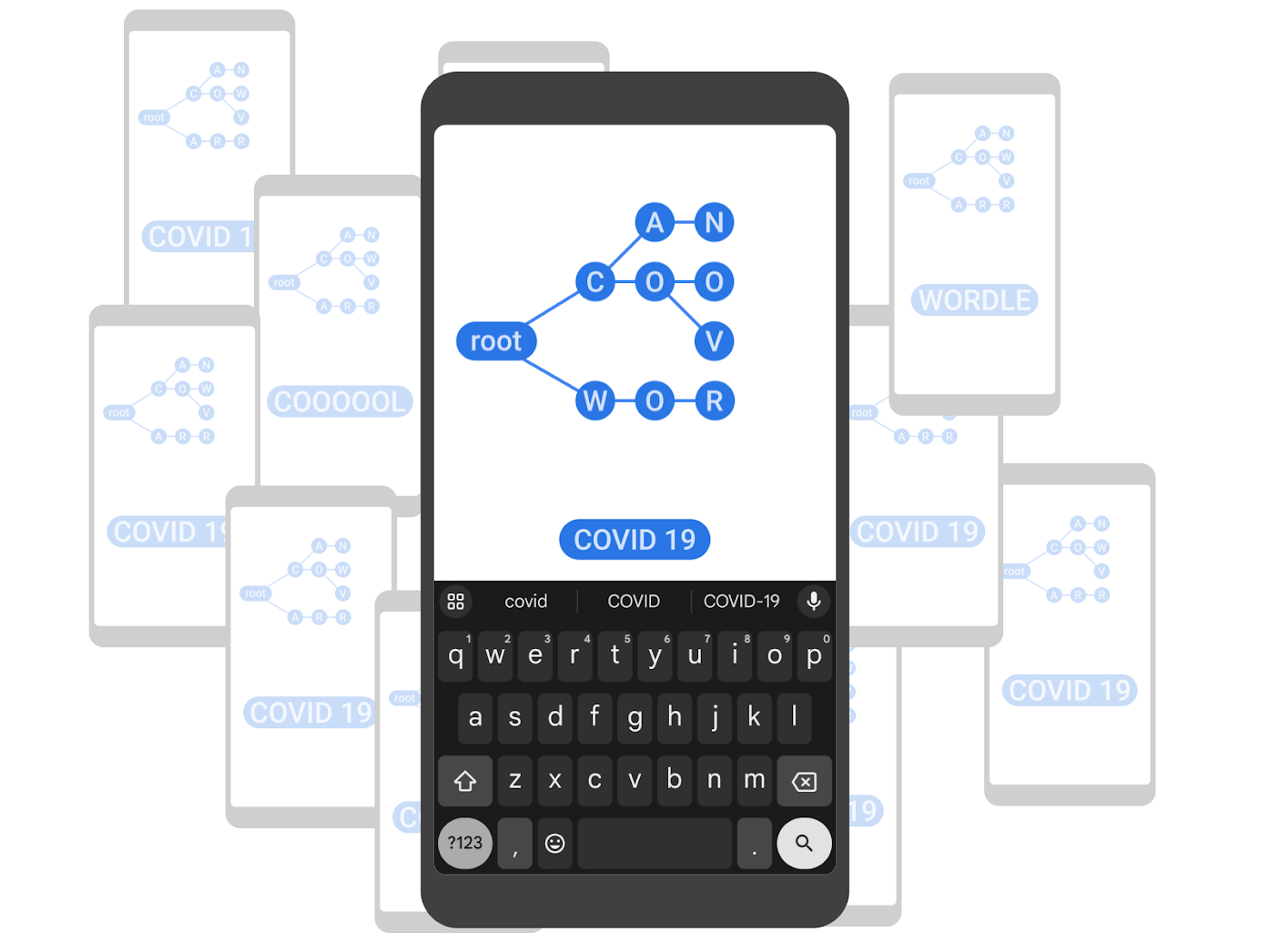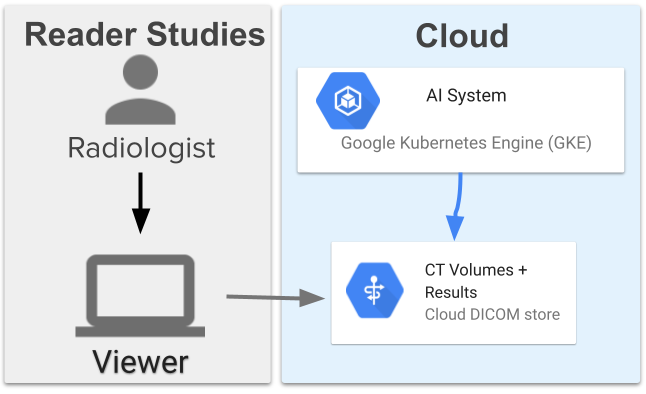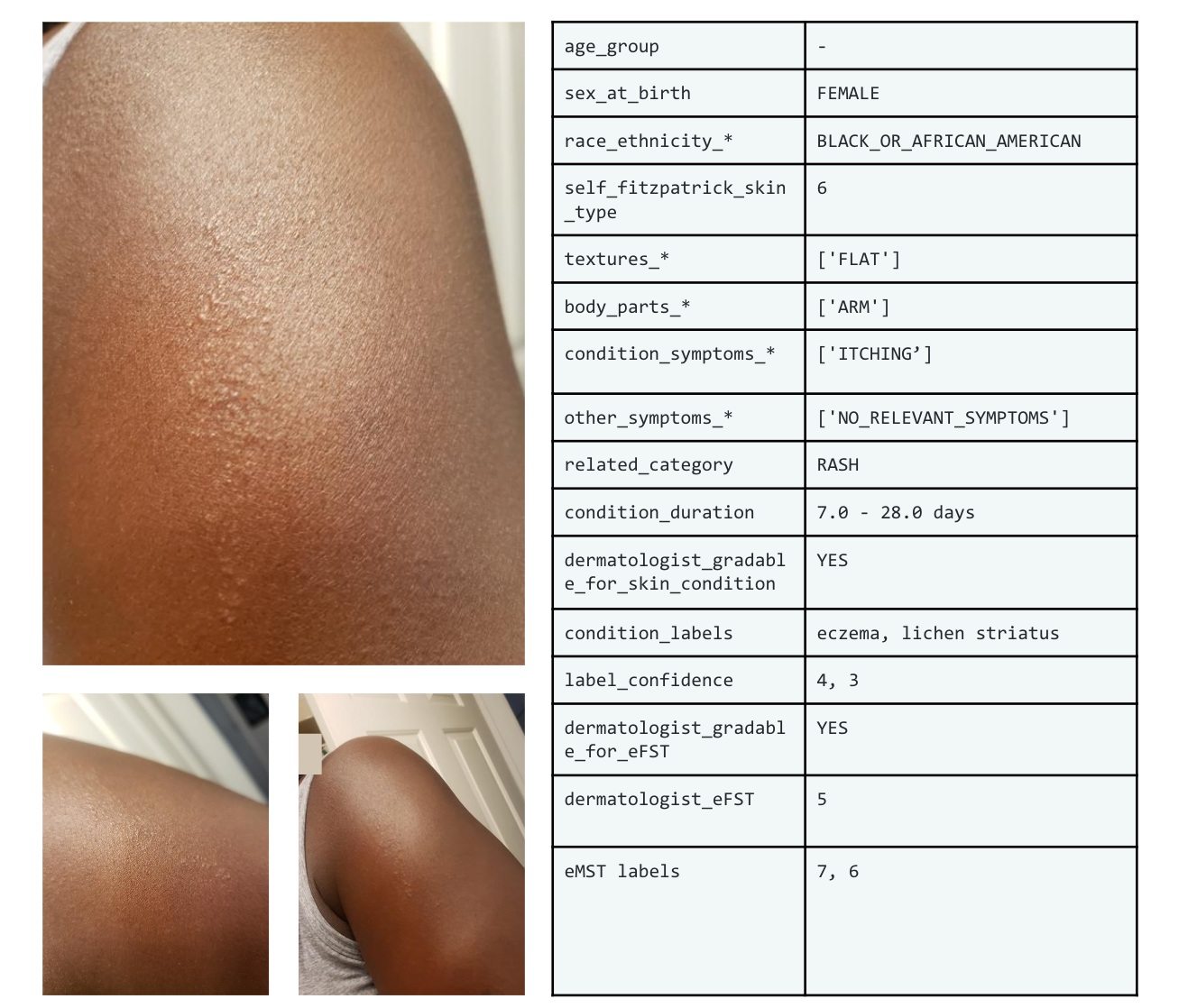
Reproducible Science: Cancer Researchers Embrace Containers in the Cloud
September 6, 2016
Posted by Dr. Kyle Ellrott, Oregon Health and Sciences University, Dr. Josh Stuart, University of California Santa Cruz, and Dr. Paul Boutros, Ontario Institute for Cancer Research
Today we hear from the principal investigators of the ICGC-TCGA DREAM Somatic Mutation Calling Challenges about how they are encouraging cancer researchers to make use of Docker and Google Cloud Platform to gain a deeper understanding of the complex genetic mutations that occur in cancer, while doing so in a reproducible way.
– Nicole Deflaux and Jonathan Bingham, Google Genomics
Today’s genomic analysis software tools often give different answers when run in different computing environments - that’s like getting a different diagnosis from your doctor depending on which examination room you’re sitting in. Reproducible science matters, especially in cancer research where so many lives are at stake. The Cancer Moonshot has called for the research world to 'Break down silos and bring all the cancer fighters together'. Portable software “containers” and cloud computing hold the potential to help achieve these goals by making scientific data analysis more reproducible, reusable and scalable.
Our team of researchers from the Ontario Institute for Cancer Research, University of California Santa Cruz, Sage Bionetworks and Oregon Health and Sciences University is pushing the frontiers by encouraging scientists to package up their software in reusable Docker containers and make use of cloud-resident data from the Cancer Cloud Pilots funded by the National Cancer Institute.
In 2014 we initiated the ICGC-TCGA DREAM Somatic Mutation Calling (SMC) Challenges where Google provided credits on Google Cloud Platform. The first result of this collaboration was the DREAM-SMC DNA challenge, a public challenge that engaged cancer researchers from around the world to find the best methods for discovering DNA somatic mutations. By the end of the challenge, over 400 registered participants competed by submitting 3,500 open-source entries for 14 test genomes, providing key insights on the strengths and limitations of the current mutation detection methods.
The SMC-DNA challenge enabled comparison of results, but it did little to facilitate the exchange of cross-platform software tools. Accessing extremely large genome sequence input files and shepherding complex software pipelines created a “double whammy” to discourage data sharing and software reuse.
How can we overcome these barriers?
Exciting developments have taken place in the past couple of years that may annihilate these last barriers. The availability of cloud technologies and containerization can serve as the vanguards of reproducibility and interoperability.
Thus, a new way of creating open DREAM challenges has emerged: rather than encouraging the status quo where participants run their own methods themselves on their own systems, and the results cannot be verified, the new challenge design requires participants to submit open-source code packaged in Docker containers so that anyone can run their methods and verify the results. Real-time leaderboards show which entries are winning and top performers have a chance to claim a prize.
Working with Google Genomics and Google Cloud Platform, the DREAM-SMC organizers are now using cloud and containerization technologies to enable portability and reproducibility as a core part of the DREAM challenges. The latest SMC installments, the SMC-Het Challenge and the SMC-RNA Challenge have implemented this new plan:
- SMC-Het Challenge: Tumour biopsies are composed of many different cell types in addition to tumour cells, including normal tissue and infiltrating immune cells. Furthermore, the tumours themselves are made of a mixture of different subpopulations, all related to one another through cell division and mutation. Critically, each sub-population can have distinct clinical outcomes, with some more resistant to treatment or more likely to metastasize than others. The goal of the SMC-Het Challenge is to identify the best methods for predicting tumor subpopulations and their “family tree” of relatedness from genome sequencing data.
- SMC-RNA Challenge: The alteration of RNA production is a fundamental mechanism by which cancer cells rewire cellular circuitry. Genomic rearrangements in cancer cells can produce fused protein products that can bestow Frankenstein-like properties. Both RNA abundances and novel fusions can serve as the basis for clinically-important prognostic biomarkers. The SMC-RNA Challenge will identify the best methods to detect such rogue expressed RNAs in cancer cells.
Ultimately, the success will be gauged by the amount of serious participation in these latest competitions. So far, the signs are encouraging. SMC-Het, which focuses on a very new research area, launched in November 2015 and has already enlisted 18 teams contributing over 70 submissions. SMC-RNA just recently launched and will run until early 2017, with several of the world leaders in the field starting to prepare entries. What’s great about the submissions being packaged in containers is that even after the challenges end, the tested methods can be applied and further adapted by anyone around the world.
Thus, the moon shot need not be a lucky solo attempt made by one hero in one moment of inspiration. Instead, the new informatics of clouds and containers will enable us to combine intelligence so we can build a series of bridges from here to there.
To participate in the DREAM challenges, visit the SMC-Het and SMC-RNA Challenge sites.
-
Labels:
- Health & Bioscience
- Product


